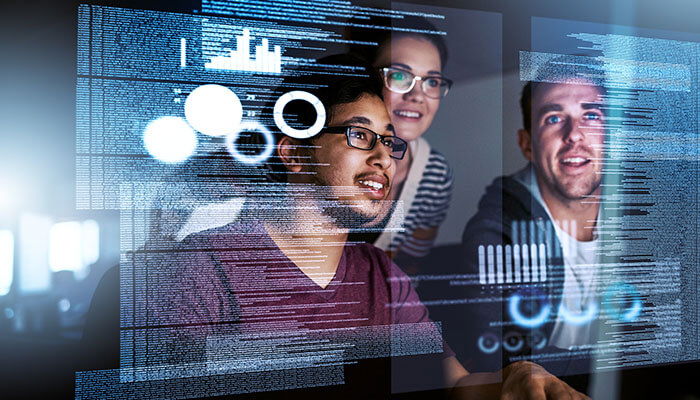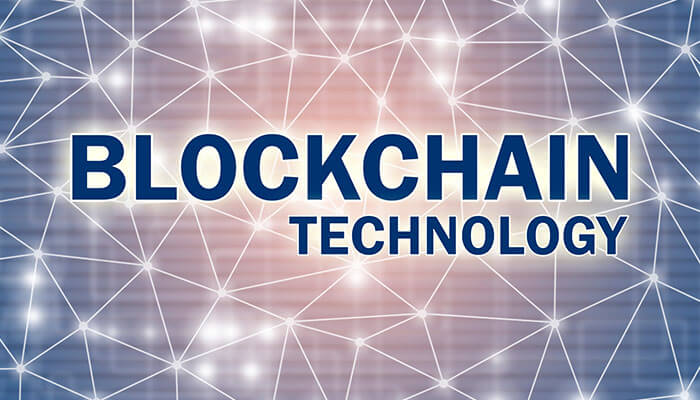The field of software development is constantly evolving, driven by advancements in technology and changing user demands. To stay ahead in this rapidly changing landscape, developers and organizations must keep an eye on emerging trends and embrace new tools and methodologies. In this article, we will explore six key trends that are shaping the future of software development trends in 2023 and beyond.
Artificial Intelligence and Machine Learning
Artificial Intelligence (AI) and Machine Learning (ML) have emerged as major game-changers in the world of software development. These technologies enable computers to learn from data and make intelligent decisions, opening up new possibilities for developers. AI and ML are being utilized in various areas of software development, such as natural language processing, image recognition, and predictive analytics.
For instance, AI-powered chatbots are transforming customer support by providing instant responses and personalized experiences. ML algorithms are being used to analyze large datasets and extract valuable insights, leading to data-driven decision-making in software development projects. The benefits of AI and ML are immense, but there are challenges as well, including ethical considerations and potential biases in algorithmic decision-making.
In the field of software development, we leverage AI and ML to develop intelligent applications, automate testing, identify bugs, and optimize resource allocation. Softteco recognizes the significance of AI and ML and has integrated these technologies into its development processes. By harnessing the power of AI and ML, Softteco ensures that its software solutions are intelligent, efficient, and capable of adapting to evolving user needs.
Low-Code Development
Low-code development is gaining popularity as a way to rapidly build and deploy software applications with minimal coding efforts. It involves using visual interfaces and pre-built components to design and assemble applications. Low-code platforms provide an abstraction layer that simplifies the development process, allowing developers to focus on business logic rather than writing complex code.
The advantages of low-code development are evident in terms of increased productivity and faster time to market. It enables organizations to streamline their development efforts and empowers citizen developers to create functional applications without extensive programming knowledge. Use cases for low-code development include building internal tools, customer-facing apps, and process automation solutions.
Internet of Things (IoT)
The Internet of Things (IoT) is revolutionizing the way software is developed and deployed. IoT refers to the network of interconnected devices, sensors, and software that enable data exchange and automation. In the context of software development, IoT presents new challenges and opportunities.
IoT applications require developers to integrate software with physical devices, such as sensors, actuators, and embedded systems. This integration enables the collection and analysis of real-time data, leading to improved decision-making and automation. Examples of IoT in software development include smart home applications, industrial automation, and healthcare monitoring systems.
While the potential of IoT is immense, there are challenges to overcome, including data security, privacy concerns, and interoperability between different IoT devices and platforms.
DevOps and Continuous Integration/Continuous Deployment (CI/CD)
DevOps and Continuous Integration/Continuous Deployment (CI/CD) practices have gained significant traction in recent years, and their importance continues to grow in 2023. This emphasizes collaboration, automation, and continuous feedback throughout the software development lifecycle.
CI/CD, on the other hand, focuses on automating the build, test, and deployment processes to ensure frequent and reliable software releases. These practices enable developers to deliver software faster and with fewer errors, leading to improved customer satisfaction and business outcomes.
Various tools and technologies support DevOps and CI/CD, such as containerization (e.g., Docker), configuration management (e.g., Ansible), and continuous integration platforms (e.g., Jenkins). Embracing DevOps and CI/CD practices can streamline development workflows, enhance collaboration between development and operations teams, and increase the overall efficiency of software development processes.
Blockchain Technology
Blockchain technology is best known for its association with cryptocurrencies like Bitcoin, but its potential goes far beyond digital currencies. It is a distributed and immutable ledger that allows secure and transparent transactions and data storage. In the context of software development, blockchain has several applications and implications.
One key application of blockchain in software development is the development of decentralized applications (DApps). These applications leverage blockchain’s decentralized nature to eliminate the need for intermediaries and enhance security and trust. Industries, such as finance, supply chain, and healthcare, explore blockchain-based solutions actively to enhance transparency and ensure data integrity.
However, blockchain also introduces new challenges, such as scalability, energy consumption, and regulatory considerations. Overcoming these challenges is crucial for unlocking the full potential of blockchain in software development.
Progressive Web Apps (PWAs) and Mobile Development
Progressive Web Apps (PWAs) are web applications that offer a native app-like experience across different platforms and devices. PWAs combine the best of both worlds: the reach and accessibility of the web and the performance and user experience of native apps.
PWAs are gaining popularity as an alternative to traditional native app development. They eliminate the need for separate development efforts for different platforms (e.g., iOS and Android) and provide a consistent user experience. Users can install PWAs on their home screens, use them offline, and take advantage of device capabilities like push notifications.
The rise of PWAs is transforming the landscape of mobile development. Developers can leverage web technologies such as HTML, CSS, and JavaScript to build cross-platform applications. This approach reduces development costs, simplifies maintenance, and improves user engagement.
Conclusion
In conclusion, the future of software development is shaped by various trends and technologies. Artificial Intelligence and Machine Learning enable intelligent decision-making and automation. Low-code development simplifies the development process and empowers citizen developers. The Internet of Things brings new challenges and opportunities with its interconnected devices and sensors. DevOps and CI/CD practices enhance collaboration and efficiency. Blockchain technology provides security and transparency for decentralized applications. Progressive Web Apps revolutionize mobile development by offering native-like experiences.
To stay ahead in this ever-evolving field, developers and organizations must embrace these trends and continually update their skills and knowledge. Adapting to new technologies and methodologies is crucial for remaining competitive and delivering high-quality software solutions. By staying informed and incorporating these trends into their development processes, software developers can shape the future of the industry and drive innovation.
FAQs (Frequently Asked Questions)
Q: What are the top programming languages for software development in 2023?
A: The top programming languages for software development in 2023 may vary based on specific requirements and industry trends. However, popular languages include Python, JavaScript, Java, C#, and Swift.
Q: How can companies adapt to these new trends in software development?
A: Companies can adapt to new trends in software development by investing in training and upskilling their developers, staying updated with industry news and advancements, fostering a culture of innovation and experimentation, and adopting agile methodologies and practices.
Q: Will these trends replace traditional software development approaches?
A: These trends are not meant to replace traditional software development approaches, but rather augment and enhance them. Traditional approaches still have their place, and the choice of methodology depends on the specific project requirements and constraints.
Q: Are there any ethical concerns related to AI and ML in software development?
A: Yes, there are ethical concerns surrounding AI and ML in software development. These include biases in algorithms, privacy concerns, and the potential impact of AI and automation on job displacement. Developers and organizations need to address these concerns and ensure the responsible and ethical use of AI and ML technologies.



